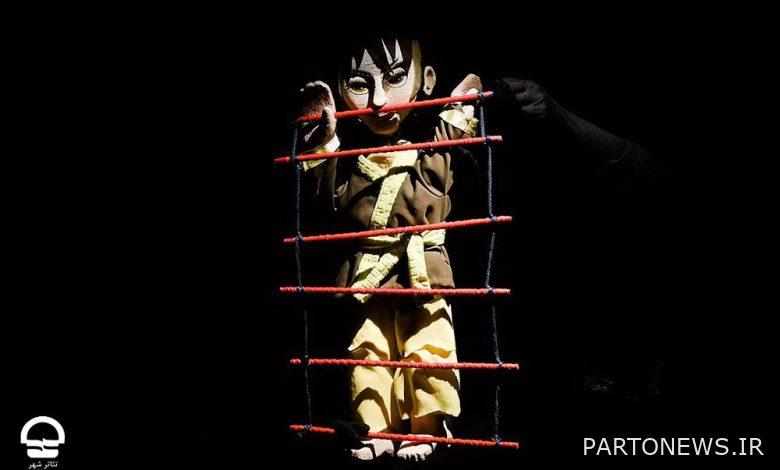About the show “One Handed Rowing Woman Haiku”/ Problem in Content Ideology

The show “One Handed Oar Woman Haiku” can become a spectacular performance if it slightly violates the orders of the “superego” or the “big other” of the society and does not seek to save humanity and softens its anti-war gesture to some extent.
Charso Press: The puppet show “Haiku Paro Zen One Hand” written and directed by Mandana Abakari has been staged in the workshop of the Shahr Theater Complex these evenings. A story about a Japanese child during World War II and America’s atomic attack on Japan. The atmosphere of the show does not address only children and concerns the whole humanity. The main character of the show is a boy named Masafumi Nagazaki who was thrown to a small island by the powerful tsunami waves after a nuclear explosion and is trying to survive by implementing the survival policy and return home if necessary.
In this unwanted isolation on a deserted island, the boy meets a white dwarf and a small and cute crab, and this association is the beginning of learning the wisdom of life. The educational aspect of this play reminds the boy that his past morals were not acceptable and it is better to distance himself from self-indulgence, laziness and idleness in order to achieve human happiness. The island can be considered a metaphorical place of exile and isolation that provides the possibility of self-cultivation and self-education for a young child like Masafumi Nagazaki. Mandana Abgari, who has a relatively long history in the field of directing children’s shows, has used various puppet techniques in this performance. The rhythm of the performance is acceptable and at first glance, you can show companionship and empathy with the puppets of this performance.
One-handed rowing haiku performance
But the problem of this performance is in the content ideology of the work. In other words, this performance has fallen into the trap of giving advice, giving moral advice, and talking too much. It seems that the “superego” of the society is overrun by morality and is reading a moral statement from Masafumi’s language. The result of this approach is creating a troubled conscience in the young boy of the show. The performance suffers from the lack of childlike imagination to a great extent and is more busy describing the events than showing them. Masafumi fully explains everything he does at once. Choosing this narrative form can be disrespectful to the imagination of the audience who like to create a part of the mystery of the show in their minds and enjoy this aesthetic activity.
The show “One Handed Oar Woman Haiku” can become a spectacular performance if it slightly violates the orders of the “superego” or the “big other” of the society and does not seek to save humanity and softens its anti-war gesture to some extent. Washing hands of adult morality and listening to the wonder of children’s time is a requirement of shows produced with dolls for children. Unfortunately, these elements did not help the director of this show, and it is not for nothing that the performance continues to paddle along. Because in order to move forward in the turbulent sea of life, two hands are needed to row: morality and, of course, children’s imagination.

